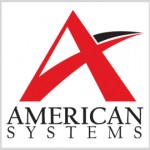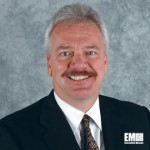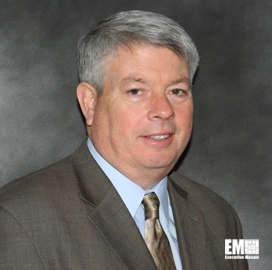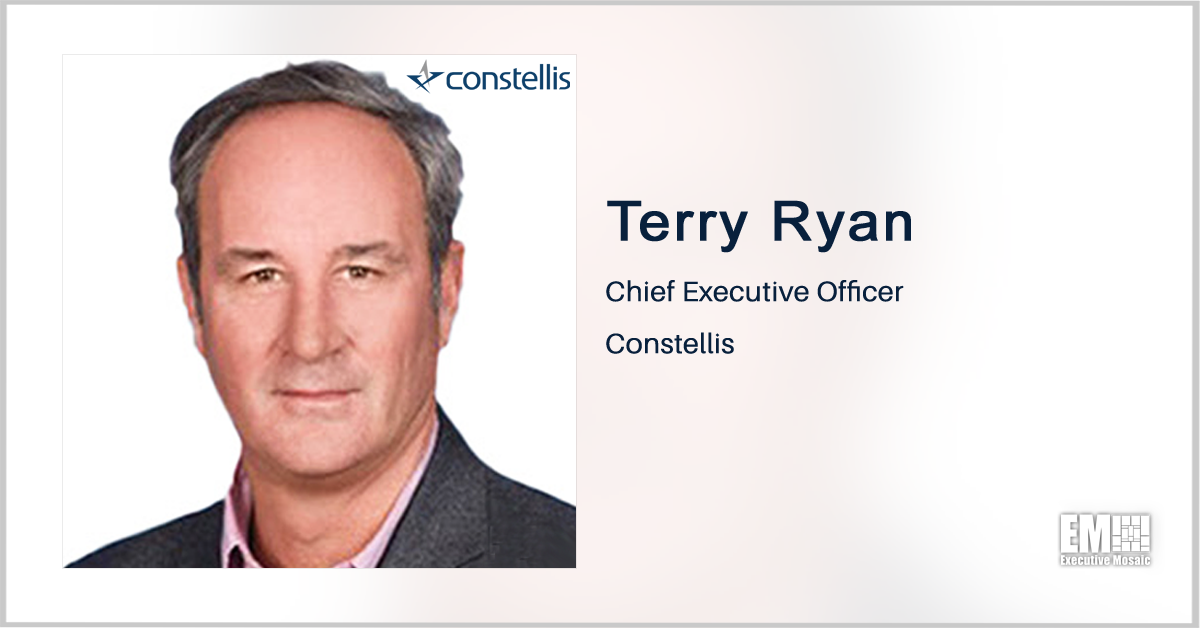

In September 2012, AMERICAN SYSTEMS announced it would purchase SAIC‘s test and evaluation business as it looked to capture opportunities “in a market that traditionally experiences remarkable growth as conflicts are winding down, ” Bill Hoover, AMERICAN SYSTEMS president and CEO, said.
The deal closed in November of that year and brought new customers, capabilities and around 300 employees to AMERICAN SYSTEMS, which had secured a prime position alongside other contractors on a Defense Information Systems Agency contract for testing and evaluation services worth up to more than $871 million.
Nine months after the close, GovCon Wire caught up with several key executives involved in planning, execution, transition and management to capture their perspectives on the transition so far and opportunities to come.
How did you determine that SAIC’s T&E business was the best acquisition target? Is the deal in line with AMERICAN SYSTEMS’ overall approach to M&A? How did the deal come together and how/when did the integration begin?


We have an Acquisition Council at AMERICAN SYSTEMS that constantly reviews properties that are put up for sale. The T&E business met all the criteria of our acquisition profile, and our entire team was in agreement that this was a quality property.
As we went through our due diligence, we were very pleased to learn how similar the T&E business was to AMERICAN SYSTEMS with regard to culture, organizational structure, benefits, cost structure and contracts profile.
The probability of a successful integration is a significant issue when considering a close on a deal, so seeing the similarities early was very important to us. Also, T&E is a line of business that AMERICAN SYSTEMS has been targeting for the past five years. Although we had some success in capturing T&E business, this acquisition fit nicely into our growth strategy.
Integration really began on day one. We were discussing integration every step of the way, even when we were still qualifying the opportunity.
What value is AMERICAN SYSTEMS adding through its acquisition of SAIC’s T&E business? Where does it help AMERICAN SYSTEMS enhance its position in the GovCon market?
Peter Smith, Chief Operating Officer

AMERICAN SYSTEMS gained new capabilities and new customers through the acquisition. We’ve been a professional services contractor for more than 35 years and the T&E business complements many of our current capabilities and positions us to deliver additional services to the new customers we gained as a result of the acquisition.
I cannot say enough about the caliber of people that we have brought into AMERICAN SYSTEMS through this acquisition. From top to bottom, this is a very strong group.
AMERICAN SYSTEMS also has been introduced to new customers whom we have not yet had the opportunity to serve. This expansion of capability and market is great on its own, but the leverage we now have in bringing new capability to existing customers and existing capability to new customers will help position AMERICAN SYSTEMS as a major contributor in the federal space.
What was the integration planning process like? What were the major steps to address? What are the overall goals and how are you measuring progress?


We approached the integration planning process with this over-arching theme: “Employees Matter.”
Our AMERICAN SYSTEMS team was very fortunate to be able to work collaboratively with the seller’s leadership team at the corporate level as well as within the transitioning group, so we were able to develop a very solid picture of potential questions covering strengths, issues, or concerns from a transitioning employee’s viewpoint.
Strong two-way communication with the transitioning workforce was key to our success.
Pre-close, AMERICAN SYSTEMS had provided each employee a specific contact person for individual questions, and we had made in-person presentations to staff at all major offices housing transitioning employees.
Additionally, we had developed a special, secure, targeted electronic portal providing a quick way of delivering important information to the transitioning team in a timely manner, tracked where each person was in the transition timeline, allowed for sensitive documents to be delivered to us in an expedited way, and answered questions for all T&E staff to review.
Each employee received a formal job offer and our offer/acceptance ratios – which were above 95% – as well as the time between offers extended and offers accepted, which generally came back within a few short days, gave us our first significant measurable indication of our effectiveness.
Throughout the process, AMERICAN SYSTEMS strived to provide praiseworthy support to each employee in the T&E Group during every step of the transition. We did not want a transitioning employee worrying about changing companies; rather, our goal was to provide the support needed so that each employee’s primary focus continued to be on their customers’ needs.
We are extremely proud of the test and evaluation work this group continues to perform, and the customer feedback on performance, both pre-and post-transition, has been exemplary.
Where does the T&E business fit within AMERICAN SYSTEMS’ structure? What roles will the T&E business leaders have? How significant will the T&E business be to AMERICAN SYSTEMS’ success in the near- and long-terms?


Jason Frye, VP/GM, Human Capital & Managed Services
At AMERICAN SYSTEMS, structure follows strategy. Test and evaluation has been a strategic capability throughout our 35-plus-year history. As we looked at the current structure of the company, it made the most sense to bring the T&E Group in as a complete entity and integrate it into our Human Capital & Managed Services (HC&MS) business unit.
In 2009, HC&MS had developed a Test & Evaluation Campaign focused on providing operational, technical, and developmental testing services on large programs with AMERICAN SYSTEMS as the prime contractor. A strategic acquisition focused on increased capability and specific market penetration was a key element of that campaign.
As we went through the evaluation process, we were very impressed with the leadership of the T&E Group. They had a solid understanding of the business and the marketplace and a solid vision for the group, which fit nicely with what AMERICAN SYSTEMS intended. With that said, I am very pleased to say that the management structure today is the same as it was before the transition. We know that organizational conflict of interest (OCI) was an important consideration for the divestiture of this group.
It was important to both the T&E Group, as they entered a new company, and AMERICAN SYSTEMS to recognize and understand this very real construct. We felt that we had relatively few existing OCI impediments to the business and a robust process to evaluate and mitigate, potential OCI conflicts going forward. We believe that this has really “liberated” the T&E Group and should clear the way for them to pursue many more opportunities.
We also believe that the T&E market will remain robust. Over the past 12 years of armed conflict, many weapon and support systems were quickly developed and sent to theater without following the complete acquisition process. This is not unusual as the objective becomes to place the most advanced capability into the warfighters’ hands as quickly as possible.
As many of these systems come back and transition to become formal programs, we feel that they will follow the normal acquisition process, including the operational and interoperability testing they may have bypassed.






